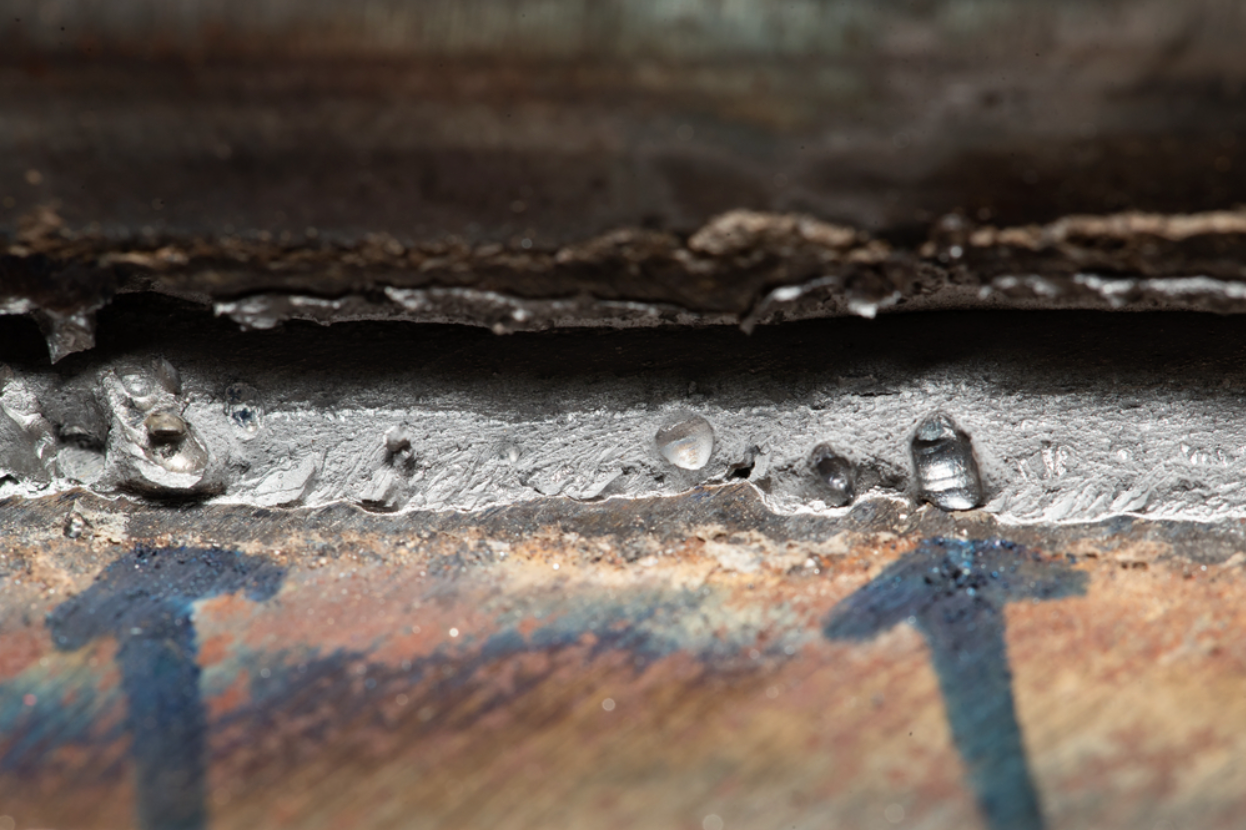How to Prevent Weld Undercut: Vital Tips for Welders
How to Prevent Weld Undercut: Vital Tips for Welders
Blog Article
A Comprehensive Guide to Identifying, Fighting, and Repairing Undercut Welding Problems in Your Welding Projects
In the world of welding, experiencing undercut concerns is a common difficulty that can endanger the structural stability and total quality of your welding jobs. Keep tuned as we explore the vital parts of identifying, stopping, and dealing with undercut welding problems, offering you with useful understandings and strategies to elevate your welding skills to the following degree.
Typical Root Causes Of Undercut Welding
Undercut welding, an usual issue in welding procedures, can be triggered by numerous factors that need to be meticulously identified and dealt with to guarantee the stability of the weld joint. Among the primary sources of undercut welding is too much heat input. When the welding specifications, such as voltage, present, or take a trip rate, are not appropriately established, a too much quantity of warmth can be created. This excess warmth brings about the melting and succeeding elimination of the base product along the sides of the weld joint, producing a groove referred to as undercut.
Another common reason of undercut welding is inappropriate welding strategy. Insufficient control of the soldering iron or gun, wrong angle or range between the torch and the work surface, or inconsistent traveling speed can all add to the development of undercut. Additionally, using the incorrect welding consumables or electrode size for a specific joint arrangement can result in undercut problems. Recognizing these root creates and applying restorative steps is vital in avoiding and rectifying undercut welding troubles in welding jobs.
Identifying Undercut in Welds

To recognize undercut properly, correct lighting and magnification devices are necessary to check the weld joint extensively. Utilizing tools such as a welding gauge or a magnifying glass can help in spotting even the tiniest undercut blemishes. In addition, running a finger or a finger nail along the weld joint can often expose undercut, as the surface may feel irregular or have a dip where the undercut exists.
Preventative Actions for Undercut
Having a deep understanding of the causes of undercut in welds permits for my link the application of reliable precautionary actions to preserve weld top quality and integrity. These setups should be enhanced to prevent extreme warmth input, which can lead to undercut development.

Methods for Repairing Undercut

Raising the welding present read this article or lowering the travel rate can aid fill in the undercut. In addition, changing the welding method from a press to a drag or vice versa can also assist decrease undercut.
Another method is to make use of a weaving motion while welding to guarantee correct sidewall blend and fill in the undercut. By oscillating the welding arc from side to side within the weld joint, the welder can transfer extra filler material into the undercut areas, properly eliminating the flaw.
Additionally, grinding out the undercut and rewelding the joint can be a sensible solution for much more extreme undercut concerns - Preventing weld undercut. This process involves eliminating the undercut area, preparing the base metal, and afterwards rewelding the joint with appropriate welding criteria and strategies to avoid undercut from reoccurring

Specialist Tips for Staying Clear Of Undercut
Using proper welding strategies and keeping control over vital welding parameters are crucial techniques for welders intending to prevent undercut in their weld joints. Furthermore, selecting the suitable welding process and filler steel for the certain application can aid stop undercut. Keeping a regular traveling rate during the welding procedure is another important suggestion to prevent undercut.
Conclusion
In verdict, identifying, stopping, and dealing with undercut welding troubles in your welding jobs is important for ensuring solid and long lasting welds. Preventing weld undercut. By recognizing the usual reasons of undercut, being able to identify it in welds, carrying out preventive actions, and using proper methods for dealing with undercut, you can avoid prospective concerns and develop premium welds. Complying with expert ideas for staying clear of undercut can aid you enhance your welding skills and create much better lead to your projects
Undercut welding, a common issue in welding processes, can be triggered by different factors that require to be thoroughly recognized and dealt with to guarantee the stability of the weld click here to find out more joint. Furthermore, running a finger or a finger nail along the weld joint can occasionally reveal undercut, as the surface area might feel irregular or have a dip where the undercut exists.
Making use of appropriate welding strategies and keeping control over key welding parameters are crucial approaches for welders aiming to avoid undercut in their weld joints.In conclusion, identifying, avoiding, and fixing undercut welding problems in your welding jobs is vital for making certain durable and solid welds. By understanding the common causes of undercut, being able to identify it in welds, carrying out precautionary measures, and utilizing correct methods for repairing undercut, you can stay clear of potential problems and create top notch welds.
Report this page